The Very Real Aircraft of Area 51
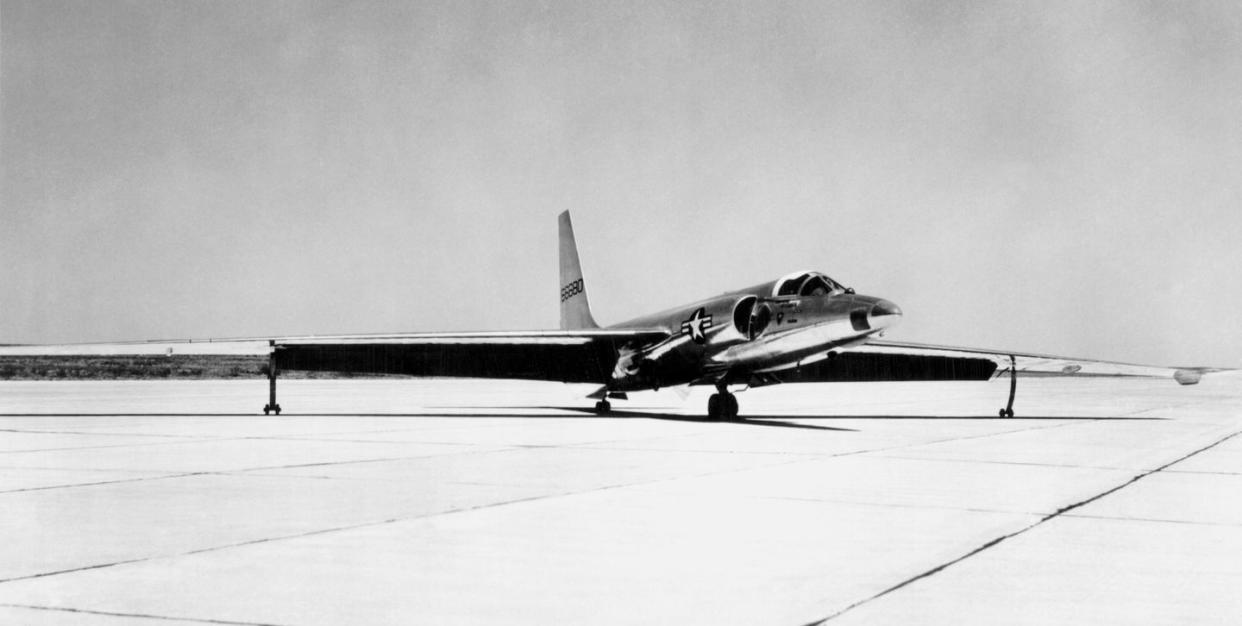
An event on Facebook is making the news, calling for an army of social media users to crash the gates of the legendary Area 51 complex in Nevada. Storm Area 51, They Can’t Stop All of Us has attracted nearly three million people, with 1.6 marking themselves as “attending” the event and 1.2 million interested. While the activists may not see any UFOs, the top secret base has seen its share of unusual aircraft over the years.
Area 51 has long played a role in the development of secret aircraft and aircraft technologies. With its cavernous hangars, extremely long air strip, and remote location, it was the perfect place to test new concepts in aviation, as well as foreign warplanes acquired for testing and evaluation purposes.
While Area 51 may not have hosted UFOs, it has hosted an eclectic mix of secret, not-so-secret, and weird airplanes.
U-2 Dragon Lady
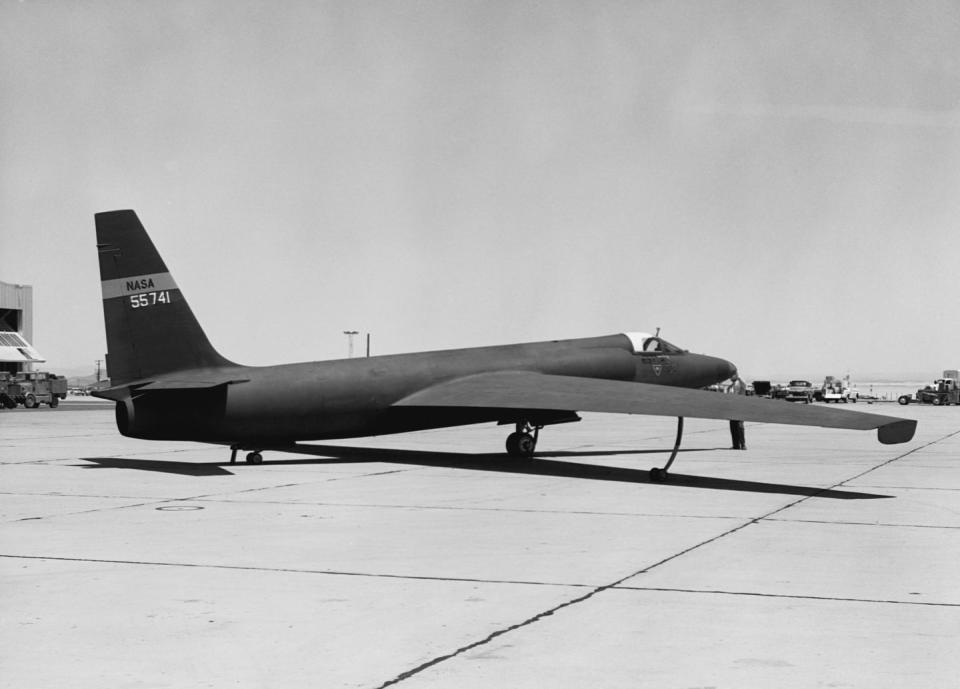
The first secret aircraft to undergo development at Area 51 was the U-2 spy plane. The U-2 achieved first flight on August 1st, 1955 at the Nevada Test and Training Range—also known as Area 51. As this CIA article explains the test pilot, Tony LeVier, was taking the plane out on a dry lake bed to conduct high speed taxiing tests when he suddenly found himself airborne.
“I had no intentions whatsoever of flying,” LeVier later said.
The U-2 went on to fly missions over the Soviet Union, Cuba, China, and other communist bloc countries during the Cold War.
SR-71 Blackbird
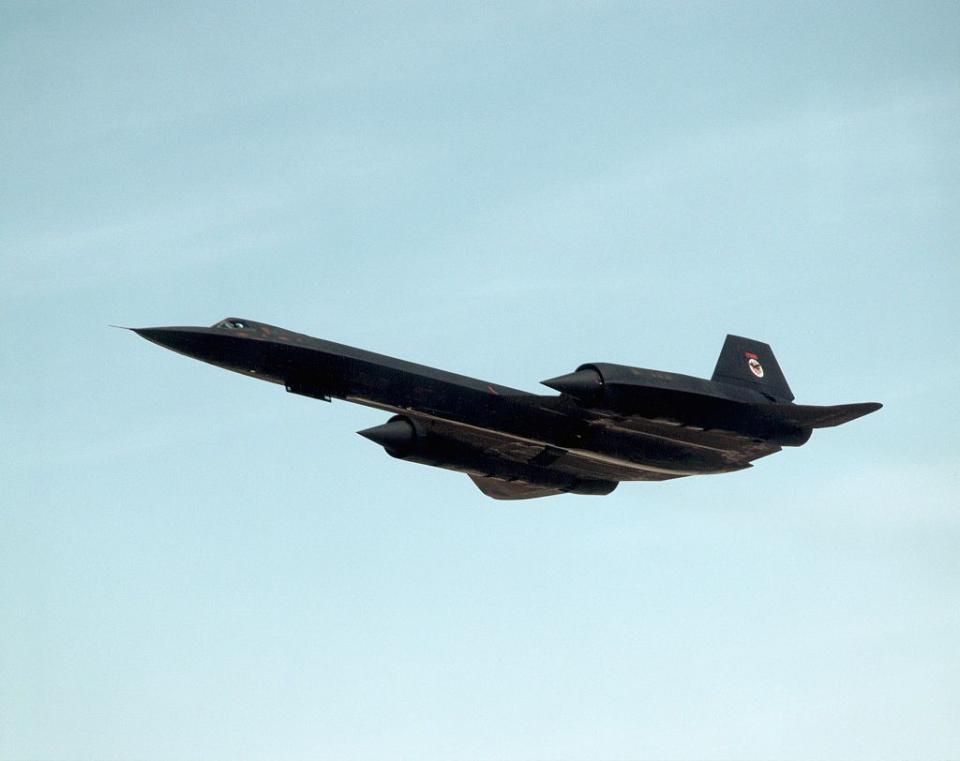
The Soviet Union’s development of high-altitude surface-to-air missiles rendered the slow but high flying U-2 vulnerable. In response, legendary aircraft designer Clarence “Kelly” Johnson developed the SR-71, a high altitude, high speed reconnaissance aircraft meant to outrun enemy air defenses. The SR-71 had a top speed of Mach 3.3, or 2,193 miles an hour. After more than two decades of service the Air Force suspended SR-71 flights in 1989, ending the program entirely in the 1990s.
F-16 Fighting Falcon
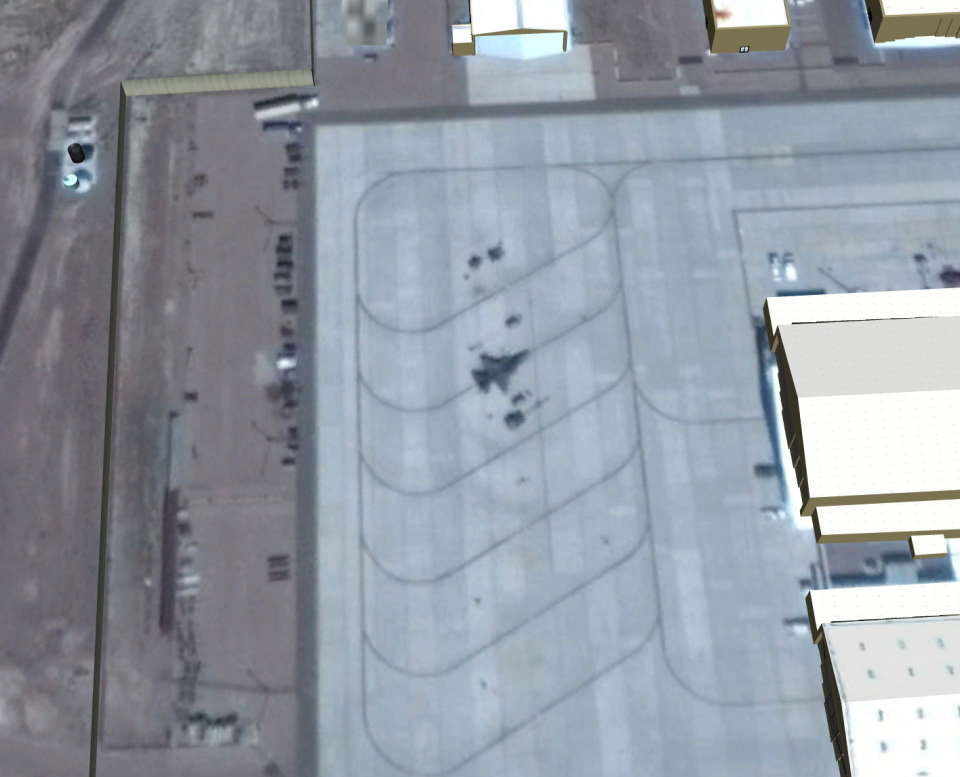
The F-16 single-engine fighter is the most numerous fighter in the Air Force’s inventory. Move it to Area 51, however, and it becomes very mysterious. Several F-16s are based at the secret Nevada facility, with up to four visible in Google Earth at a time. One is currently visible outside a cluster of four hangars on the north side of the base complex. The planes are reportedly used to dogfight Russian or Soviet fighters and as chase/observation planes for other aircraft.
F-117A Nighthawk Stealth Fighter
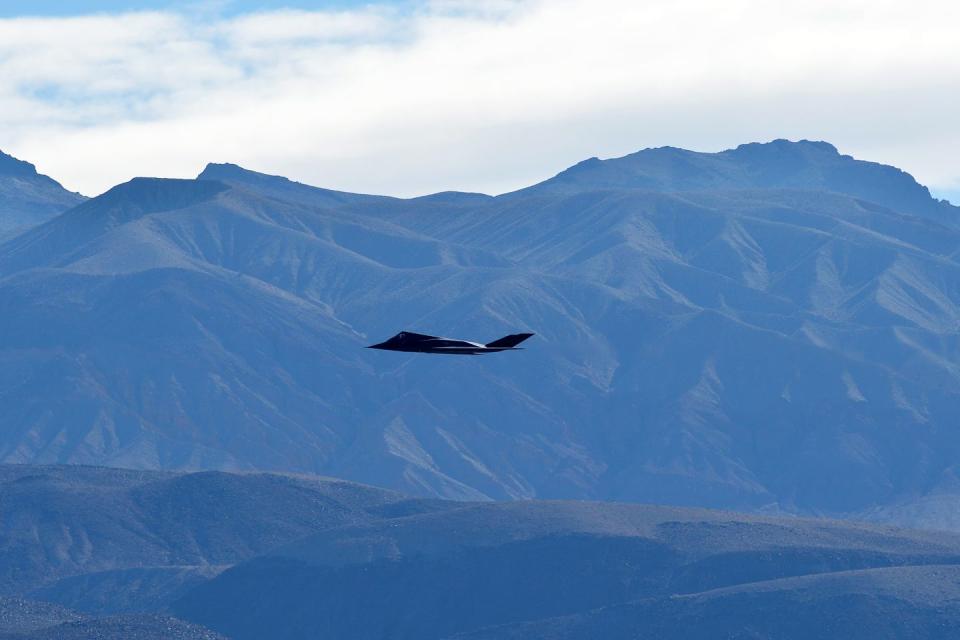
The first purpose-built stealth aircraft, the F-117A aircraft was designed and built in total secrecy, in large part thanks to Area 51. An early proof of concept version code-named “Have Blue” was flown out of the base, followed by five YF-117A prototypes.
Lockheed and the U.S. Air Force built and maintained a force of 59 stealth fighters (the name is a misnomer, it’s actually a light bomber) from the nearby Tonopah Test Range and Airport. Although the F-117A fleet was officially retired in 2008, the Air Force continues to fly small numbers of stealth fighters over the California and Nevada deserts. Aircraft spotters believe the jets are based at—you guessed it—Area 51.
“Janet Airlines” 737
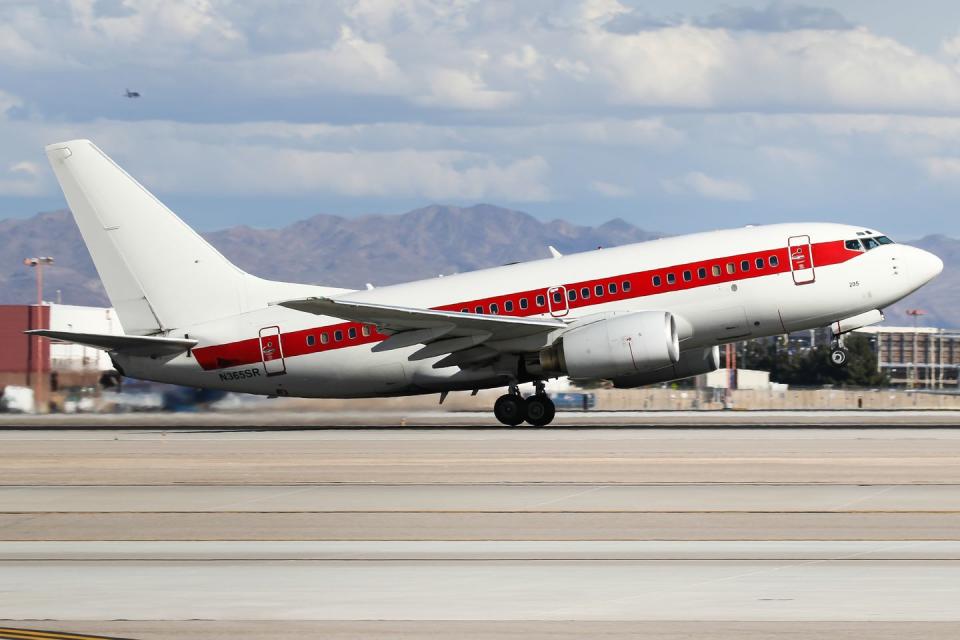
A small fleet of unmarked, but otherwise unremarkable Boeing 737 airliners flies out of Las Vegas’ McCarran International Airport. The planes, which depart on a daily basis from a private terminal code-named “Gold Coast,” use the callsign “Janet” in civilian airspace. The airliners, painted in a simple red and white color scheme, fly Area 51 employees to the secret location for work and back.
Sukhoi Su-27 Flanker
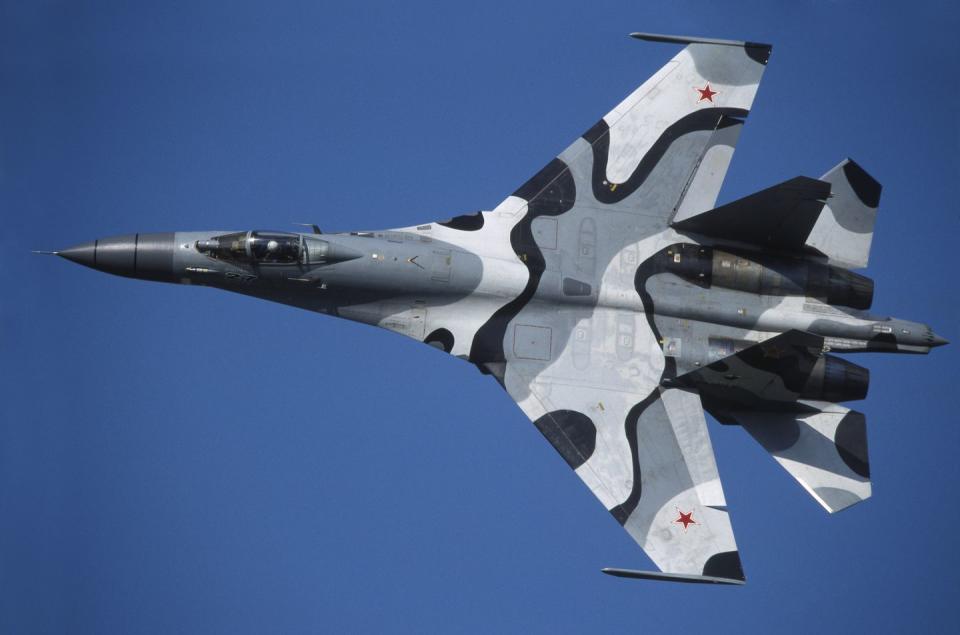
For decades, a key goal of the intelligence community and the U.S. Air Force has been the recovery and test flying of Soviet and then Russian fighter jets. These aircraft were flown from Area 51 under the guise of the 413th Flight Test Squadron and the 4477th Testing and Evaluation Squadron, or “Red Eagles”.
The planes included MiG and Sukhoi fighter jets acquired from allies abroad and other, more illicit means. Although originally a Cold War program the testing of adversary aircraft continues to this day; in September 2017 a Su-27 Flanker jet piloted by a U.S. Air Force officer crashed in the Nevada Test and Training Range.
Tacit Blue
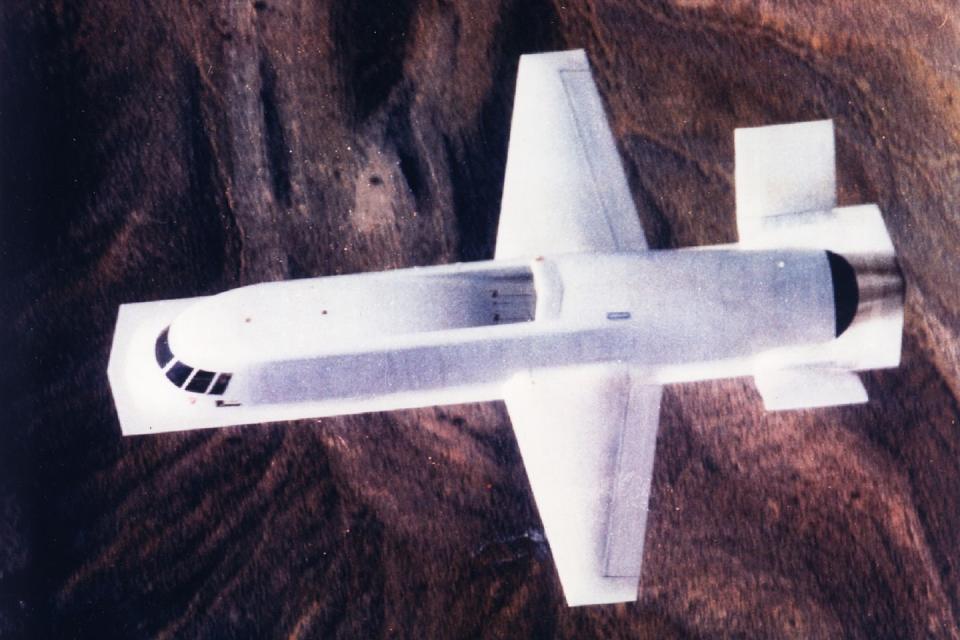
Another unusual-looking airplane operating out of Area 51 in the 1980s was Tacit Blue, a stealth research aircraft. Developed by Northrop, the maker of the B-2 bomber, the company claims the odd-looking jet was a key part of the stealth research that went into developing the bomber. Compared to the diamond-like faceting of the F-117A, Tacit Blue featured smooth, flowing shapes that ended in sharp edges.
Nicknamed “the Whale,” Tacit Blue was also important in researching stealth against low frequency radars. Designed as a battlefield surveillance platform capable of flying undetected over air defenses, Tacit Blue never entered production.
Bird of Prey
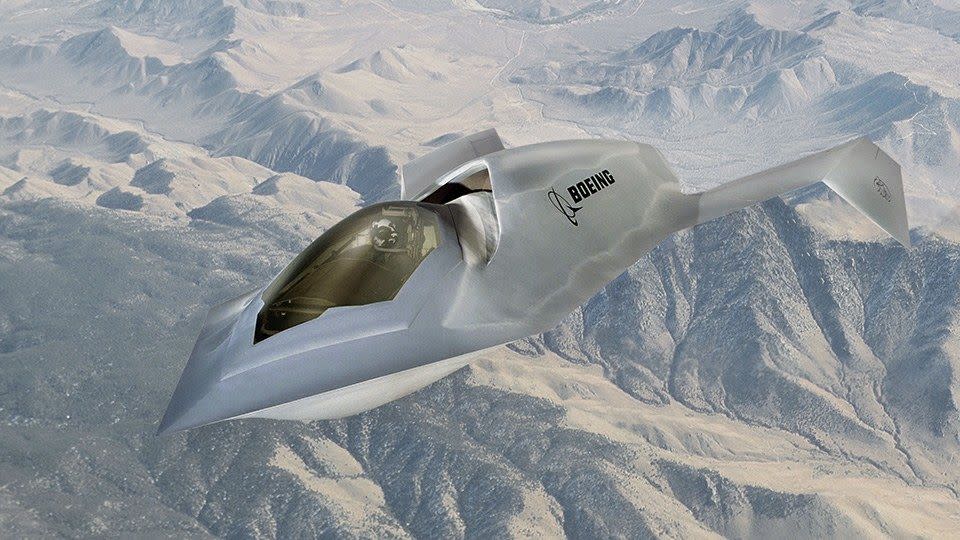
A research and development aircraft built by Boeing, the Bird of Prey was so named after its resemblance to the Klingon “Bird of Prey” battlecruiser from the TV series Star Trek.
The Bird of Prey was a prototype stealth aircraft that first flew from Area 51 in 1996. According to the National Museum of the U.S. Air Force, was meant to study stealth and new manufacturing techniques. Bird of Prey had a single engine and used off the shelf components from civilian aircraft, making 38 flights before the program was declared completed. The hawklike aircraft was purely an experimental plane with no prospects for operational use.
You Might Also Like

